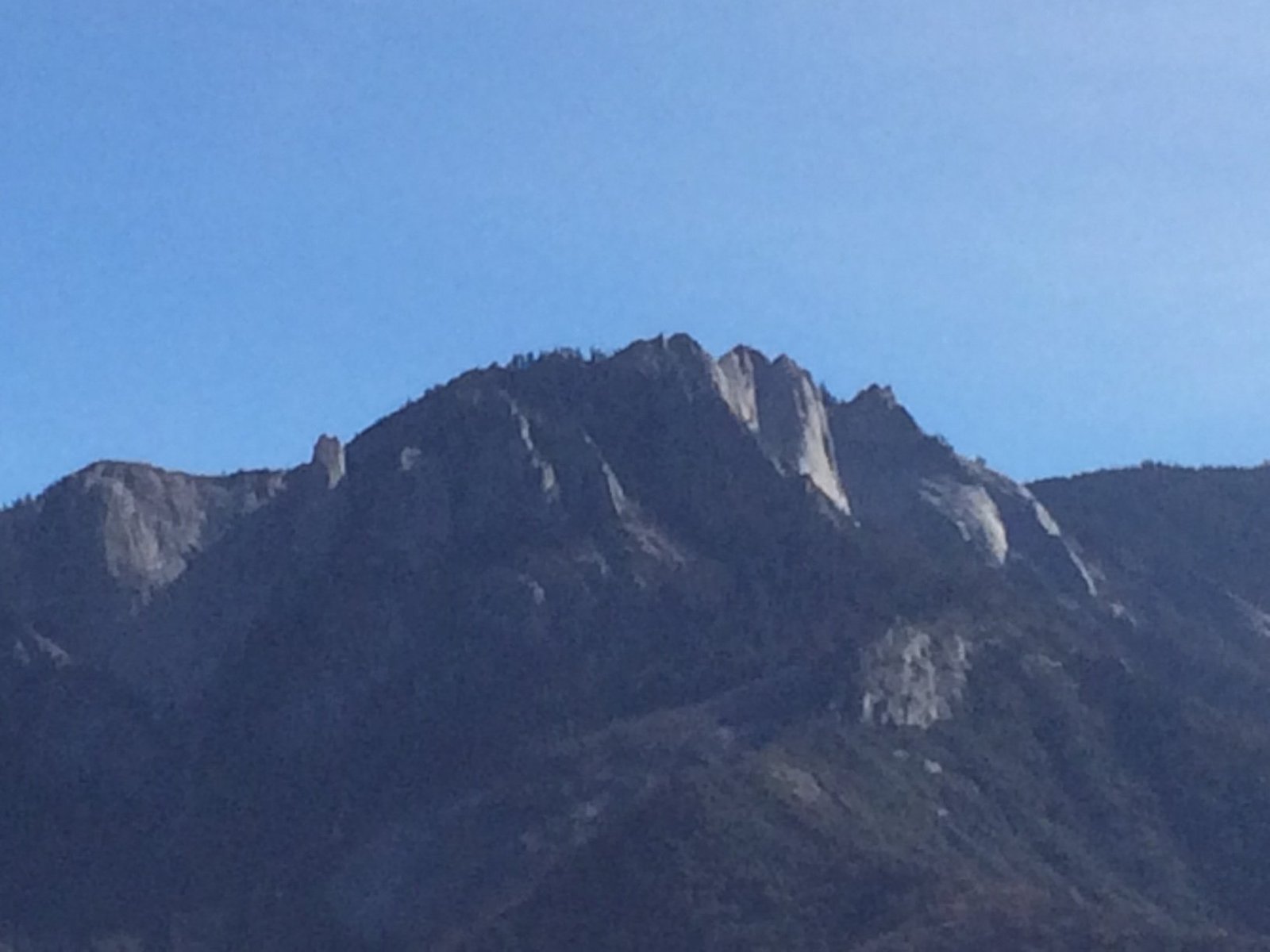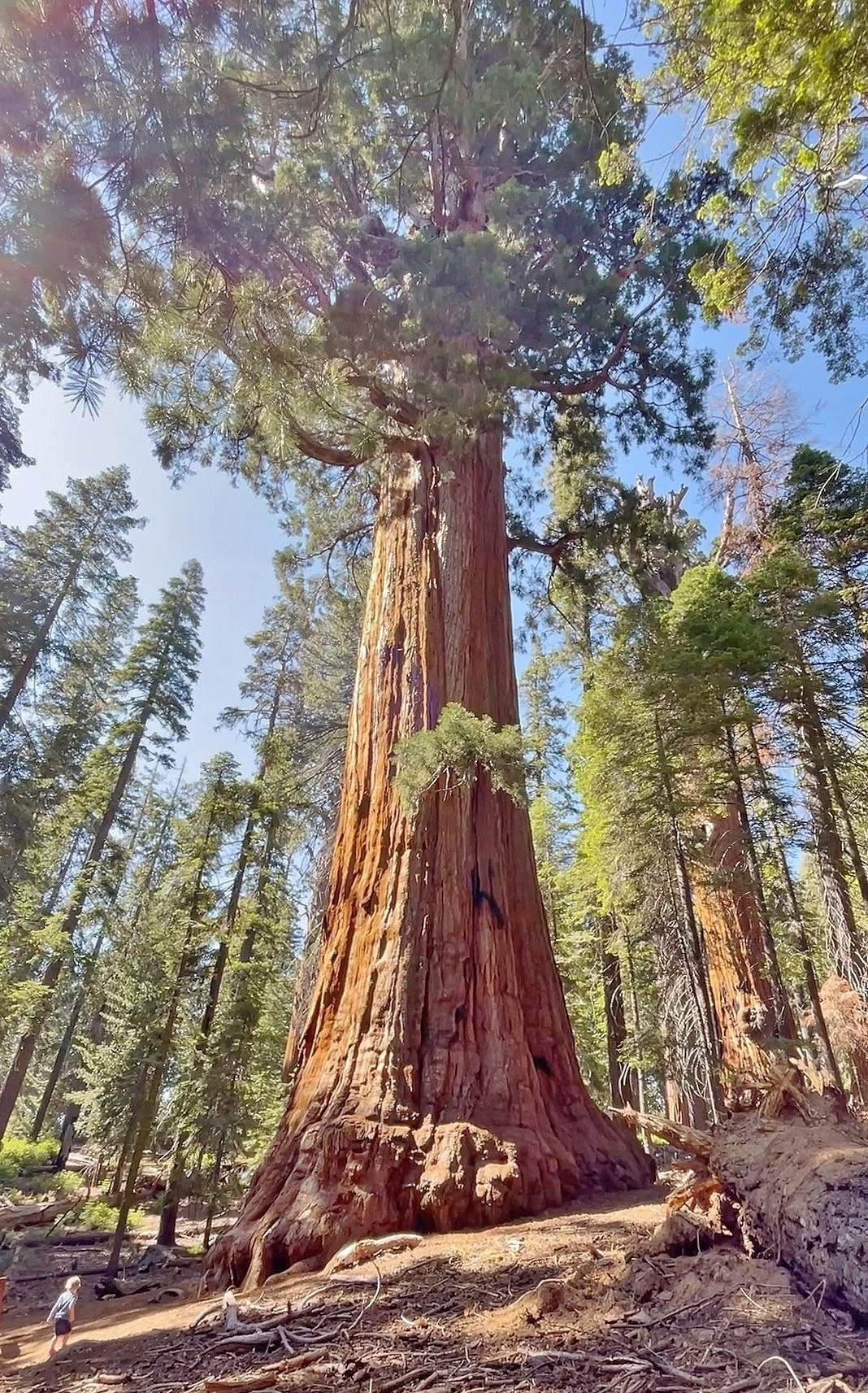Mount Whitney, standing at 14,505 feet (4,421 meters) above sea level, is the highest point in Sequoia National Park and the contiguous United States. Located at 36.5783°N, 118.2920°W, this majestic peak offers breathtaking panoramic views of the Sierra Nevada range and surrounding landscapes. Accessible via the challenging Mount Whitney Trail, it attracts hikers and mountaineers from around the world, requiring permits and careful preparation for a successful ascent.
What Makes Mount Whitney the Highest Point in Sequoia National Park?

Mount Whitney’s impressive elevation of 14,505 feet (4,421 meters) above sea level makes it not only the highest point in Sequoia National Park but also in the contiguous United States. This granite peak, formed millions of years ago through geological processes, stands as a testament to the power of nature and the grandeur of the Sierra Nevada range.
Key facts about Mount Whitney:
- Elevation: 14,505 feet (4,421 meters)
- Location: 36.5783°N, 118.2920°W
- Park: Sequoia National Park and Inyo National Forest
- First ascent: August 18, 1873, by Charles Begole, Albert Johnson, and John Lucas
How Can Visitors Access Mount Whitney?

Accessing Mount Whitney requires careful planning and preparation. The most common route to the summit is the Mount Whitney Trail, which offers a challenging but rewarding experience for hikers and mountaineers.
Mount Whitney Trail details:
– Length: 22 miles round trip
– Elevation gain: Over 6,000 feet
– Difficulty: Very strenuous
– Average hiking time: 12-14 hours
– Starting point: Whitney Portal trailhead
To hike Mount Whitney, visitors must obtain a permit:
1. Day-use permit: For those completing the hike in a single day
2. Overnight permit: For hikers planning to camp along the trail
Permits are issued by the Inyo National Forest through a lottery system, with applications typically accepted from February 1 to March 15 each year.
What Are the Best Times to Climb Mount Whitney?
The best time to climb Mount Whitney depends on various factors, including weather conditions, personal preferences, and hiking experience. Here’s a breakdown of the climbing seasons:
| Season | Pros | Cons |
|---|---|---|
| Summer (July-September) | – Warmest temperatures – Least amount of snow – Longest daylight hours |
– Most crowded – Higher chance of thunderstorms |
| Spring (May-June) | – Fewer crowds – Beautiful wildflowers |
– Lingering snow and ice – Potential for snowmelt-swollen streams |
| Fall (October-November) | – Fewer crowds – Beautiful fall colors |
– Colder temperatures – Potential for early snow |
| Winter (December-April) | – Solitude – Stunning snow-covered landscapes |
– Extreme cold – Advanced mountaineering skills required |
For most hikers, the summer months of July through September offer the best conditions for climbing Mount Whitney. However, this is also the busiest time, so be prepared for crowds and plan accordingly.
What Views Can Hikers Expect from the Summit of Mount Whitney?
The panoramic views from the summit of Mount Whitney are nothing short of spectacular. On a clear day, hikers can enjoy breathtaking vistas that stretch for miles in every direction. Some of the notable sights include:
- The Great Basin to the east
- Owens Valley
- Sierra Nevada mountain range
- Numerous peaks over 13,000 feet, including:
- Mount Russell
- Mount Hale
- Mount Hitchcock
For the best viewing experience, consider these tips:
– Aim for early morning or late afternoon when the light is softer and visibility is clearer
– Bring binoculars for a closer look at distant landmarks
– Allow time to acclimate to the high altitude for better enjoyment of the views
What Wildlife Might Hikers Encounter on Mount Whitney?
While climbing Mount Whitney, hikers may encounter various wildlife species adapted to the high-altitude environment. Some common animals in the area include:
- Marmots: These large ground squirrels are often seen sunbathing on rocks
- Pika: Small, rabbit-like mammals that inhabit rocky areas
- Clark’s Nutcracker: A bird species known for its role in dispersing whitebark pine seeds
- Golden-mantled Ground Squirrel: Often mistaken for chipmunks due to their similar appearance
- Bighorn Sheep: Occasionally spotted on the higher slopes
Remember to observe wildlife from a safe distance and never feed or approach wild animals.
How Should Hikers Prepare for the Mount Whitney Climb?
Proper preparation is crucial for a safe and enjoyable Mount Whitney climb. Here’s a checklist to help hikers prepare:
- Physical conditioning:
- Engage in regular cardiovascular exercise
- Practice hiking with a weighted backpack
-
Incorporate strength training for legs and core
-
Altitude acclimation:
- Spend a day or two at higher elevations before the climb
-
Consider using Whitney Portal or nearby campgrounds for acclimatization
-
Essential gear:
- Sturdy hiking boots
- Layered clothing for varying temperatures
- Sun protection (hat, sunscreen, sunglasses)
- Headlamp or flashlight
- First aid kit
-
Navigation tools (map, compass, GPS)
-
Food and water:
- Pack high-energy snacks and meals
- Bring at least 3-4 liters of water per person
-
Water filtration system for refilling from streams
-
Permits and regulations:
- Secure necessary permits well in advance
- Familiarize yourself with Leave No Trace principles
- Understand and follow all park regulations
By thoroughly preparing and respecting the mountain environment, hikers can maximize their chances of a successful and memorable Mount Whitney experience.
What Other Notable Peaks Are Near Mount Whitney in Sequoia National Park?
While Mount Whitney is the highest point in Sequoia National Park, there are several other impressive peaks in the vicinity. Some notable mountains include:
- Mount Muir (14,012 feet)
- Mount Langley (14,026 feet)
- Mount Russell (14,088 feet)
- Mount Williamson (14,379 feet)
- Mount Tyndall (14,019 feet)
These peaks, along with Mount Whitney, form part of the impressive Sierra Nevada range, offering additional climbing and hiking opportunities for adventurous visitors to Sequoia National Park.
How Does Mount Whitney Compare to Other High Points in U.S. National Parks?
Mount Whitney’s status as the highest point in the contiguous United States makes it unique among national park high points. Here’s a comparison with some other notable park peaks:
- Denali (Mount McKinley) – Denali National Park, Alaska
- Elevation: 20,310 feet (6,190 meters)
-
Highest point in North America
-
Mount Rainier – Mount Rainier National Park, Washington
- Elevation: 14,411 feet (4,392 meters)
-
Highest point in the Cascade Range
-
Longs Peak – Rocky Mountain National Park, Colorado
- Elevation: 14,259 feet (4,346 meters)
-
Northernmost fourteener in the Rocky Mountains
-
Mount Elbert – San Isabel National Forest, Colorado
- Elevation: 14,440 feet (4,401 meters)
- Highest point in Colorado and the Rocky Mountains
While some of these peaks are higher or more technically challenging, Mount Whitney’s combination of elevation, accessibility, and stunning views make it a unique and sought-after destination for hikers and mountaineers.
In conclusion, Mount Whitney, as the highest point in Sequoia National Park and the contiguous United States, offers an unparalleled hiking experience. Its challenging trails, breathtaking views, and rich natural surroundings make it a must-visit destination for outdoor enthusiasts and nature lovers alike. With proper preparation and respect for the mountain environment, climbing Mount Whitney can be a truly unforgettable adventure.
References:
1. National Park Service – Sequoia & Kings Canyon
2. USDA Forest Service – Inyo National Forest
3. Recreation.gov – Mount Whitney Permits
4. SummitPost – Mount Whitney
5. California Department of Parks and Recreation – Mount Whitney

